Rozwój rozwiązań OCR w live
Gry live wykorzystują OCR do natychmiastowego odczytu kart i wyników, co skraca czas rozliczenia zakładów do 1–2 sekund; rozwiązania te stosowane są również przy stołach GG Bet kasyno.
Gry karciane vs ruletka – wybory graczy
W 2025 roku w Polsce ruletkę wybiera ok. 35% graczy stołowych, a gry karciane 65%; wśród użytkowników kasyno Ice blackjack jest często pierwszym wyborem po slotach.
Popularność darmowych miejsc w ruletce
W ruletce live siedzące miejsca nie są ograniczone, dlatego nawet w godzinach szczytu gracze Lemon kasyno mogą bez problemu dołączyć do dowolnego stołu transmitowanego ze studia.
Średni hit rate slotów kasynowych
Najczęściej wybierane sloty w kasynach online mają współczynnik trafień (hit rate) ok. 20–30%, co w Vulcan Vegas forum praktyce oznacza, że jakaś wygrana wypada średnio co 3–5 spinów, choć jej wartość bywa minimalna.
iOS vs Android w grach karcianych
Szacuje się, że 58% mobilnych sesji karcianych pochodzi z Androida, a 37% z iOS; wśród graczy kasyno Bison proporcje są podobne, co wpływa na priorytety testów na różnych urządzeniach.
Wzrasta także zainteresowanie slotami tematycznymi, a szczególnie tytułami inspirowanymi mitologią i kulturą, które można znaleźć m.in. w Beep Beep, gdzie dostępne są liczne produkcje różnych producentów.
Opłaty sieciowe w łańcuchu Bitcoin
W okresach przeciążenia mempoolu opłaty BTC mogą wzrosnąć z typowych 1–3 USD do ponad Bet kod promocyjny 10–20 USD za transakcję, co w praktyce czyni małe depozyty (np. 20–30 USD) nieopłacalnymi dla graczy kasyn online.
Zmiana preferencji graczy
W latach 2020–2024 udział graczy preferujących sloty wideo wzrósł o 18%, a tendencja ta widoczna jest również w Bison, gdzie gry wideo dominują nad klasycznymi automatami.
Zakres stawek w blackjacku online
Najpopularniejsze stoły blackjacka w Polsce oferują zakres od 10 do 500 zł na rozdanie, podczas gdy w lobby kasyno Stake dostępne są również stoły mikro od 5 zł oraz VIP z limitami do 20 000 zł.
Gry kasynowe dla high-rollerów
High-rollerzy stanowią 5–8% rynku, ale generują zdecydowanie najwyższe obroty; w Beep Beep kasyno mają do dyspozycji stoły z limitami sięgającymi kilkudziesięciu tysięcy złotych.
Analiza łańcucha przez narzędzia AML
Firmy analityczne (np. Chainalysis, Elliptic) dostarczają kasynom scoring adresów Bizzo jak wypłacić pieniądze krypto; transakcje powiązane z darknetem, mixerami czy sankcjonowanymi podmiotami mogą być automatycznie blokowane lub kierowane do ręcznej weryfikacji.
Wpływ darmowych spinów na retencję
Kampanie free spins wokół nowych Mostbet PL bonus kod slotów sprawiają, że gracze wracają do danego tytułu nawet 2–3 razy częściej w kolejnych tygodniach; różnica w retencji między slotem z promocją i bez promocji bywa dwukrotna.
Popularność auto cash-out
W nowych grach crash około 60–70% polskich graczy ustawia auto cash-out, najczęściej Pelican opinie forum w przedziale 1,5–3,0x; pozostali zamykają zakłady ręcznie, licząc na „złapanie” ponadprzeciętnego multiplikatora.
Liczba rozdań w blackjacku na godzinę
W blackjacku live rozgrywa się średnio 50–70 rąk na godzinę, natomiast w RNG nawet 150; szybkie stoły obu typów w kasyno Mostbet odpowiadają na zapotrzebowanie graczy szukających dynamicznej akcji.
Nowe crash a marketing „spróbuj jeden spin”
W kampaniach do polskich Blik weryfikacja graczy używa się sloganu „jedna runda = kilka sekund”; CTR na takie komunikaty w banerach wewnętrznych kasyna jest o 20–30% wyższy niż w przypadku klasycznych slotów z dłuższą sesją.
Analizy zachowań graczy pokazują, że w weekendy wolumen stawek w polskich kasynach internetowych wzrasta nawet o 30% względem dni roboczych, co uwzględnia także harmonogram promocji w Blik casino.
Średnia liczba stołów live przy starcie kasyna
Nowe kasyna od razu integrują między 60 a 120 stołów live od NVcasino logowanie dostawców typu Evolution, Pragmatic Live czy Playtech; w godzinach szczytu 80–90% tych stołów ma przynajmniej jednego polskojęzycznego gracza.
Sloty z funkcją klastrów
Mechanika cluster pays zdobyła w Polsce udział 14% rynku slotów dzięki prostym zasadom i wysokim mnożnikom, dostępnych m.in. w katalogu Skrill casino.
Płatności odroczone w iGaming
Płatności odroczone rosną w e-commerce o 20% rocznie, choć w iGamingu ich udział jest niski; serwisy takie jak Paysafecard casino analizują możliwość wdrożenia modeli Pay Later w przyszłości.
Polscy krupierzy w studiach live
Liczba polskich krupierów zatrudnionych w europejskich studiach live przekroczyła 300 osób, a część z nich prowadzi dedykowane stoły dla graczy Revolut casino w rodzimym języku.
Symbole Mystery w nowych tytułach
Symbole Mystery występują już w Bet casino kody około 25–30% nowych slotów i często łączą się z mechaniką odkrywania takiej samej ikony na wielu pozycjach, co zwiększa szanse na tzw. full screen i mocne mnożniki.
Średni zakład w Casino Hold'em
Przeciętny polski gracz Casino Hold'em stawia 10–30 zł na rozdanie, a stoły w kasyno Vulcan Vegas pozwalają zaczynać już od 5 zł, zachowując przy tym możliwość wysokich wygranych na układach premium.
Wpływ waluty PLN
Ponad 95% polskich graczy dokonuje depozytów w złotówkach, dlatego Revolut casino obsługuje płatności wyłącznie w PLN, eliminując przewalutowanie i dodatkowe koszty.
Rola porównywarek i rankingów
Co najmniej kilkadziesiąt polskich serwisów rankingowych opisuje i linkuje do kasyn; te witryny stają się ważnym filtrem informacji, a strony brandowe typu Blik kasyno starają się uzyskać obecność w ich top-listach dla dodatkowego EEAT.
Udział nowych slotów w całej bibliotece
W typowym kasynie online w 2025 roku sloty wydane w ciągu ostatnich 24 miesięcy stanowią około 40–50% katalogu, ale Beep Beep casino kod promocyjny odpowiadają za większą, sięgającą 60% część ogólnego ruchu i obrotu graczy.
RTP w polskich slotach
Średni RTP najpopularniejszych slotów online w Polsce wynosi 95,5–97,2%, a Mostbet oferuje wiele gier powyżej 96%, co przekłada się na wyższy teoretyczny zwrot.
Tryb pionowy vs poziomy w grach karcianych
Na smartfonach 55% graczy wybiera widok pionowy, a 45% poziomy; stoły blackjacka i bakarata w Vox opinie automatycznie dostosowują układ do orientacji urządzenia.
Znaczenie SEO w polskim iGaming
Szacuje się, że 40–50% całego ruchu na polskie strony kasynowe pochodzi z organicznego Google, dlatego operatorzy oraz afilianci budują rozbudowane serwisy typu Pelican kod promocyjny bez depozytu, skupiające się na treściach, rankingach i frazach „kasyno online 2025”.
Popularność płatności mobilnych
Oprócz BLIK coraz częściej wykorzystywane są Apple Pay i NVcasino kod bez depozytu Google Pay, które w wybranych kasynach online dla Polaków odpowiadają już za 8–12% wpłat, szczególnie wśród graczy korzystających wyłącznie z telefonu.
Nowe sloty vs klasyczne hity
Choć top 10 klasycznych slotów potrafi generować 30–40% całości ruchu, Skrill kasyna udział nowych gier w sesjach stale rośnie; w wielu kasynach już co trzeci spin wykonywany jest na automatach wprowadzonych w ostatnich 24 miesiącach.
Like a refuge of relative calm hemmed in by raucous neighbours, pint-sized Jordan is a smash-hit destination, chock-full of head-turning offerings. But before heading down to Petra and Wadi Rum, I thoroughly enjoyed my foray with the Jordanian capital of Amman. It may have only been Jordan’s capital for less than a century, but pockets of Amman boast a weight of history stretching back many millennia.
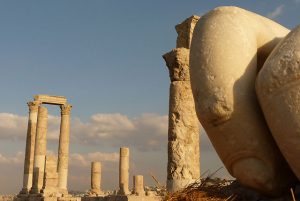
Before the Romans rolled into town, Alexander the Great first conquered the region and the city was originally named Philadelphia. The name stuck for centuries until the Arabs seized the city in 635AD, recognising it as Amman, although the city’s significance steadily waned over the subsequent centuries. Amman is strikingly a city of hills and the urban landscape is dramatically laid-out on valley-beds and clinging to the side of steep slopes. I started my exploratory in the historical district known as Downtown, where Roman Philadelphia flourished. The Romans constructed grand public buildings, a huge forum and classic arenas.
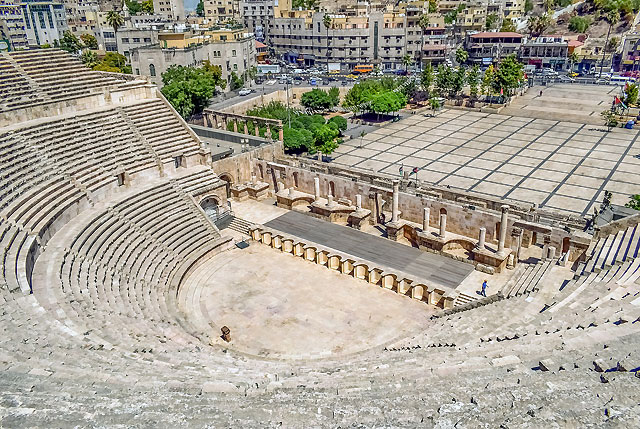
Artfully cut into a depression in the hillside, the wonderful Roman Theatre which has stood the test of time is impressively sized with time-honoured acoustics. The 6000 seater theatre was built 1900 years ago as the showpiece of Roman Philadelphia and it’s still regularly used for concerts. Immediately outside the theatre are the remains of the Roman Forum, with a scattering of stones and a graceful colonnade of Corinthian columns testifying to its past.
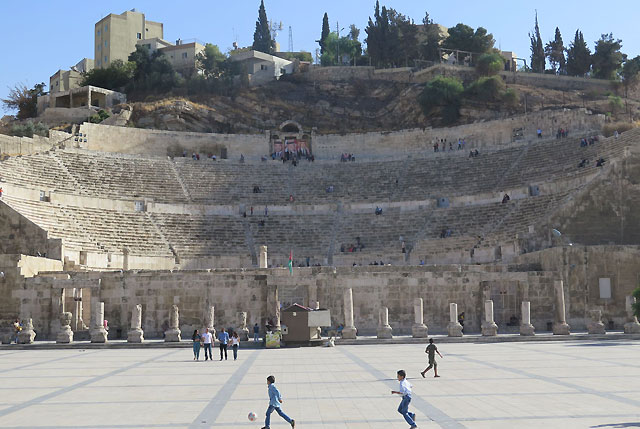
Gazing across the city centre from the theatre, I was struck by the towering stone pillars of the Temple of Hercules, silhouetted against the sky. The ruins of this temple crown Citadel Hill, which is also known as Jabal Al Qal’a, and it’s a wonderful location to unpeel the many layers of Amman’s intriguing history. The citadel is situated on the top of one of the city’s original seven hills, steeped in 7000 years of history. It’s an incredibly lofty perch to size up the topography of Amman, it’s incredibly high-density layout, as the evocative call to prayer wafts through the valley.
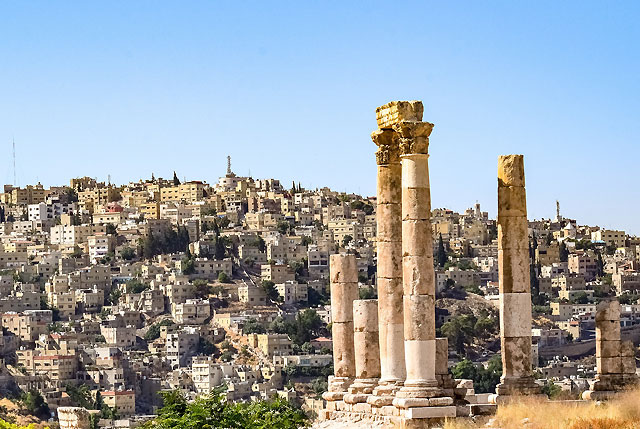
Every conqueror from the Assyrians and Romans to the Ottomans has left their mark here on Citadel Hill. Highlights include the partially restored and unquestionably imposing Temple of Hercules, the 8th century Umayyad palace and the Byzantine church complex ruins. Want to catch a great sunset? This is a dream spot to take in the solar theatrics, while the city lights start twinkling on the sloping valleys below. Step out on a photogenic stroll through the heart of town on King Faisal St, taking in the traditional shops, bustling markets, ambient cafes and general city vibe which is friendly, frenetic and aromatic.
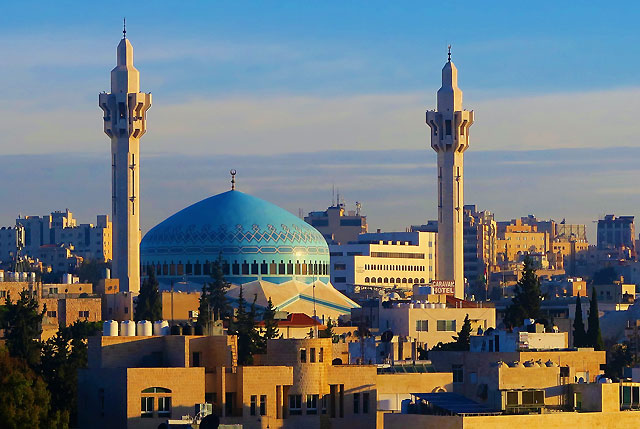
I saw delivery workers balancing 20 produce trays on their heads, old-school coffee roasters and grinders churning out Arabic coffee, and roadside bakers flaunting their finest filo pastry treats. Want to try some great street snacks? Habiba is a much-loved local purveyor of Arabic sweets, but the best experience is to check out their thriving little outlet hidden down an alleyway beside the Arab Bank building, just off King Faisal Street. This tiny shop is famed for its knafeh – a Palestinian dessert from Nablus made of shredded filo pastry and goat’s cheese, served hot, drenched in syrup.
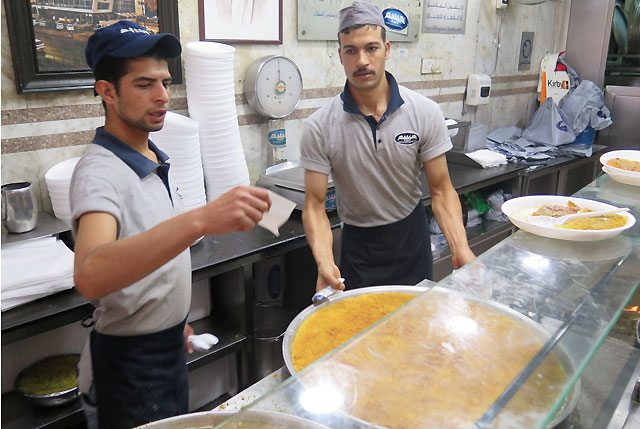
Night and day there’s a billowing line of locals outside, leaning against the wall, forking fresh-made knafeh off paper plates – all revelling in this shared, sugar-happy endeavour. True to Jordanian form, visitors are made to feel so welcome, with many locals extolling you to jump ahead of the queue. Don’t miss the steep set of stairs, jutting off King Faisal Street, merrily festooned in multi-coloured umbrellas. But Amman’s most famous thoroughfare is probably Rainbow Street. Don’t be misled by its name, Rainbow Street is not Jordan’s gay mecca, rather it’s a foodie mecca, throbbing traditional coffee houses, swanky bars, cosy hideaways, edgy street-food hangouts and high-end restaurants. This cobblestoned street takes its name from grand old Rainbow Cinema, which is now fully restored.
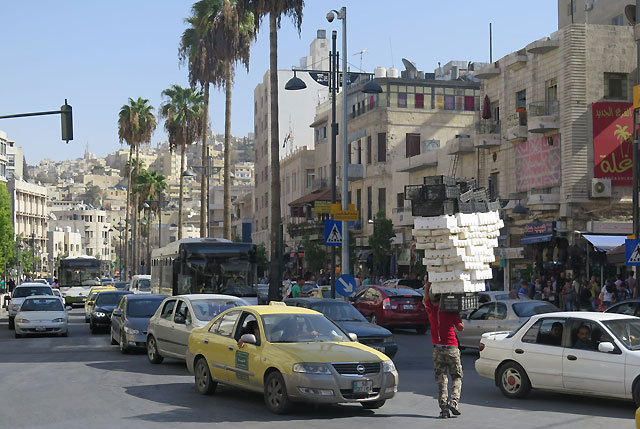
Amongst this whirl of epicurean temptation, be sure to try what many locals would argue is one of Jordan’s main dishes: Maqlooba. This Palestinian Arab dish usually consists of chicken, vegetables, rice and quality spices, stacked and packed into a saucepan. Maqlooba means “upside down” in Arabic, which is apt, because the entire meal is served upside down, much like a Spanish Tortilla. Just outside Amman, two enriching excursions that can be easily accomplished in half a day, are to Madaba and Mt. Nebo. The latter is of course heavily wreathed in biblical heritage, as it is from here that Moses, following God’s navigational guidance, cast his eyes on the Promised Land.
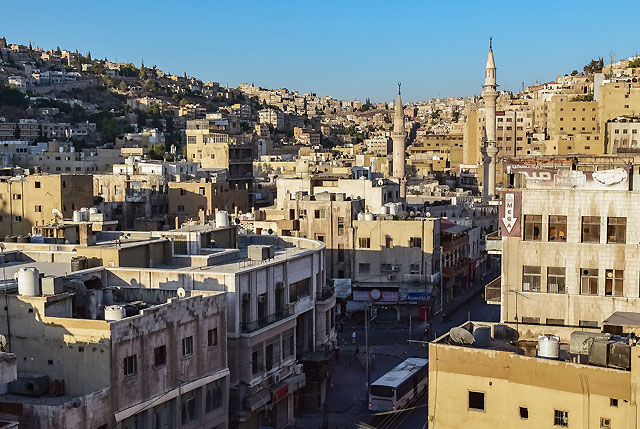
According to the Bible, having led the Israelites for forty years through the wilderness, Moses finally saw, from this dizzy vantage point, the Promised Land that God had forbidden him to enter. Using Booking.com, I locked in a fabulous stay at the Landmark Amman Hotel, handily located in the heart of the business district. The elegant boasts six restaurants, while the 13th-flloor roost, Ghoroub, serves magnificent mixology to salute Amman with a day’s end sundowner. Global research commissioned by Booking.com signals that one of travels biggest trenders for 2020 will be far more focus on choosing holiday destinations that offer a wide array of enriching experiences and attractions in close proximity to each other. 54% of research participants will be prioritising that as a key destination attribute in 2020. Jordan ticks that box, handsomely. www.booking.com









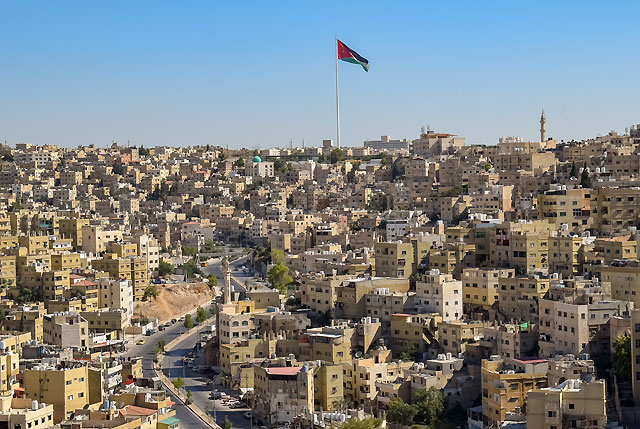
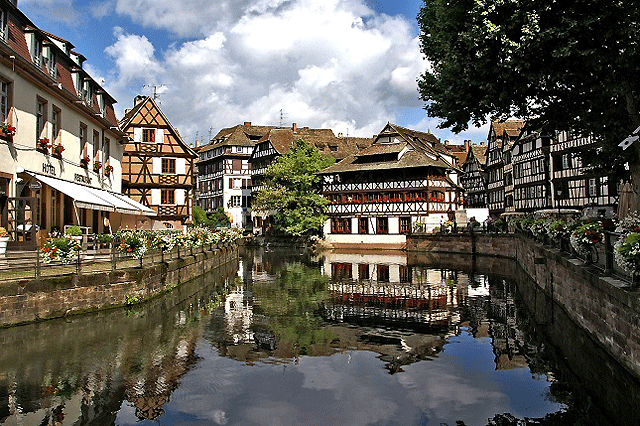
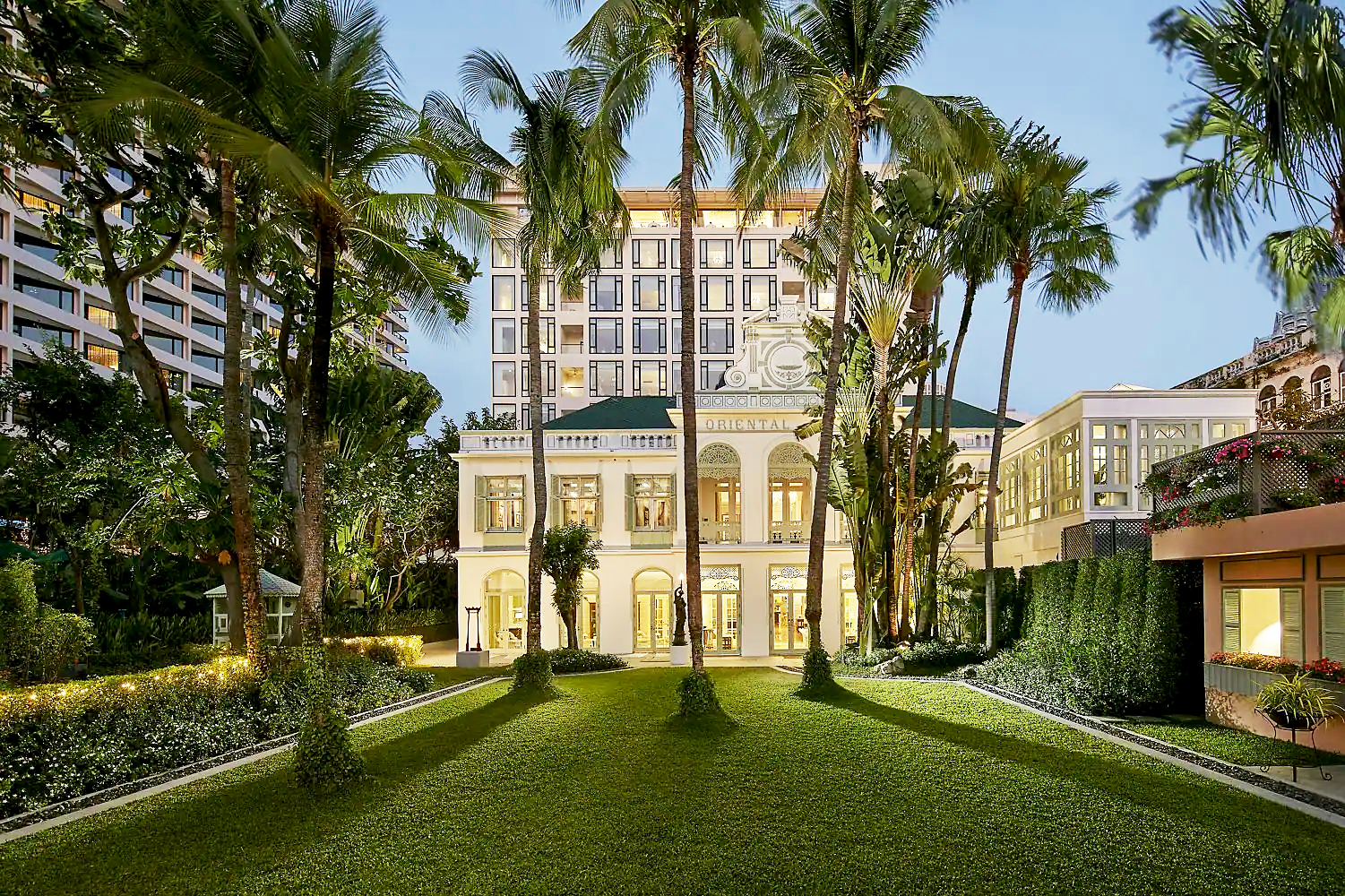
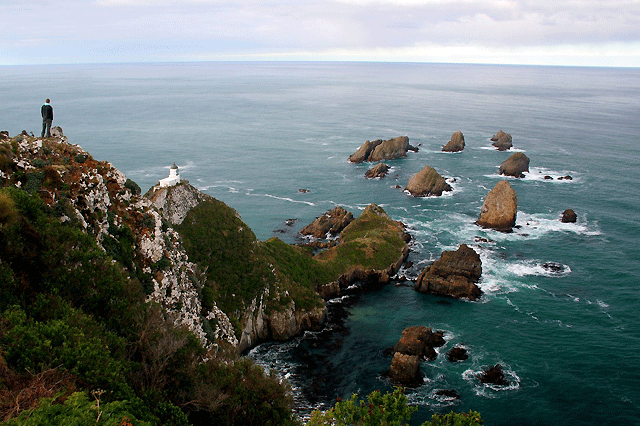
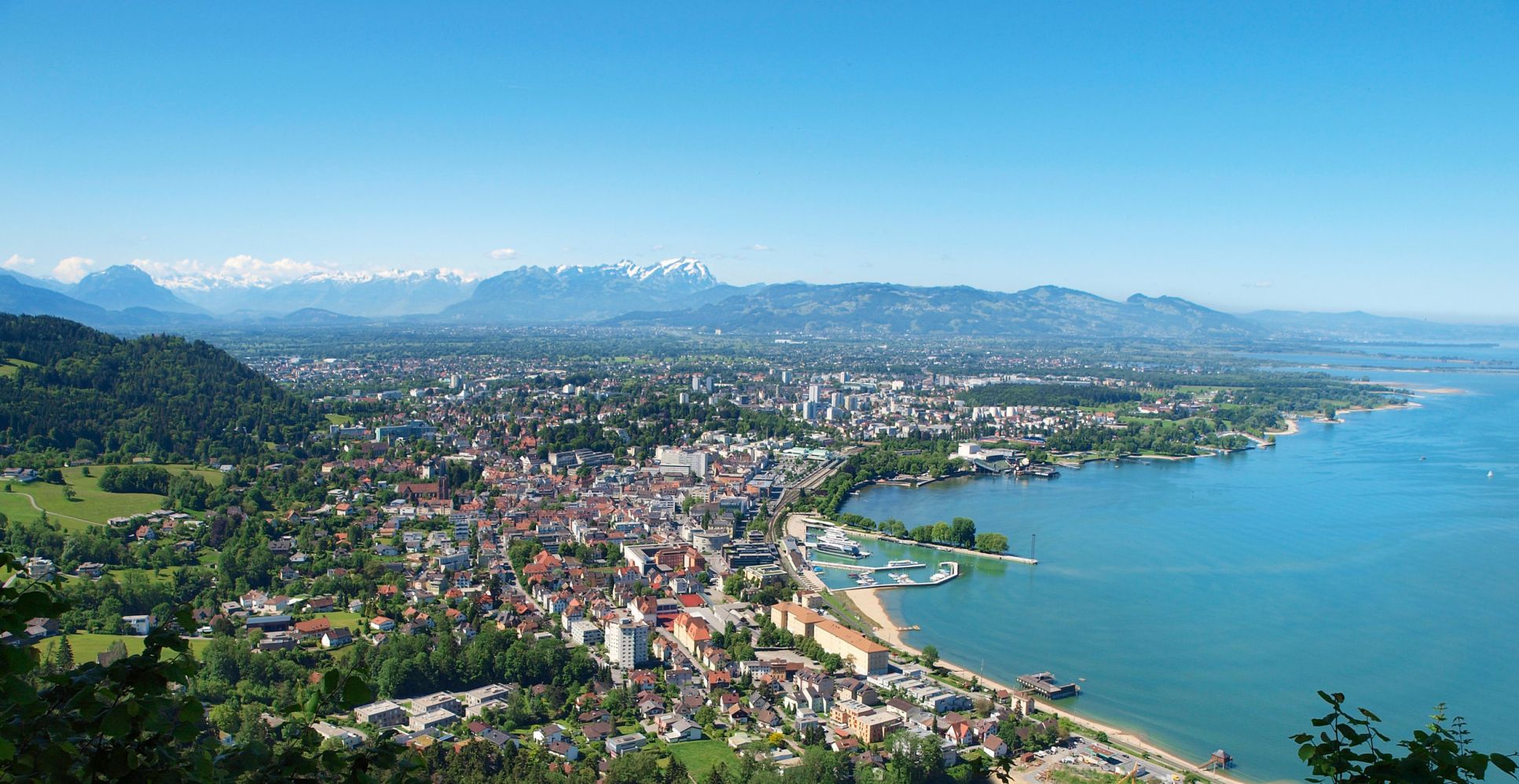
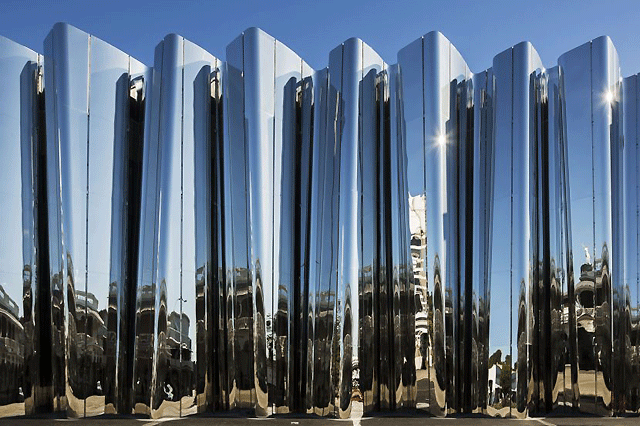
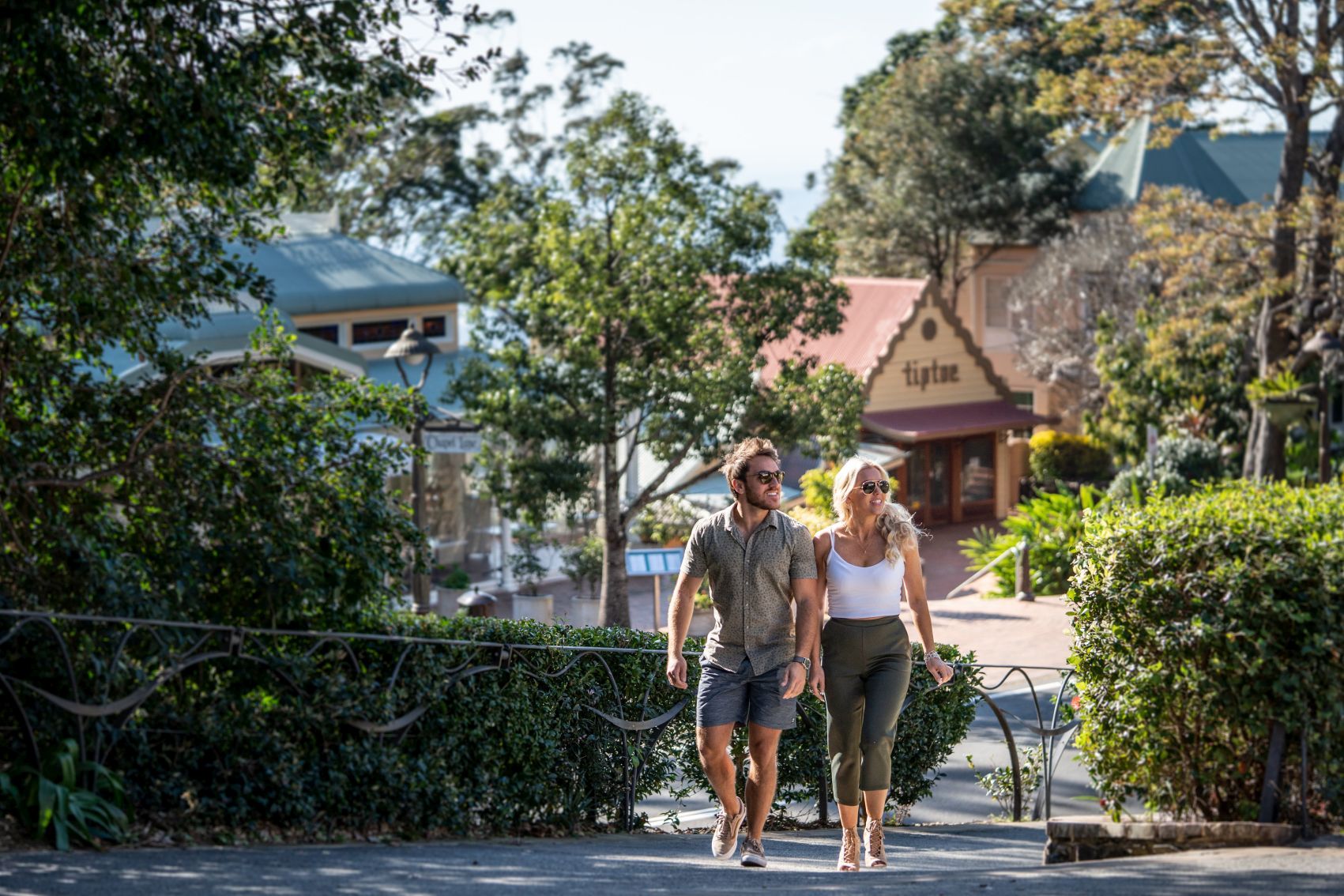

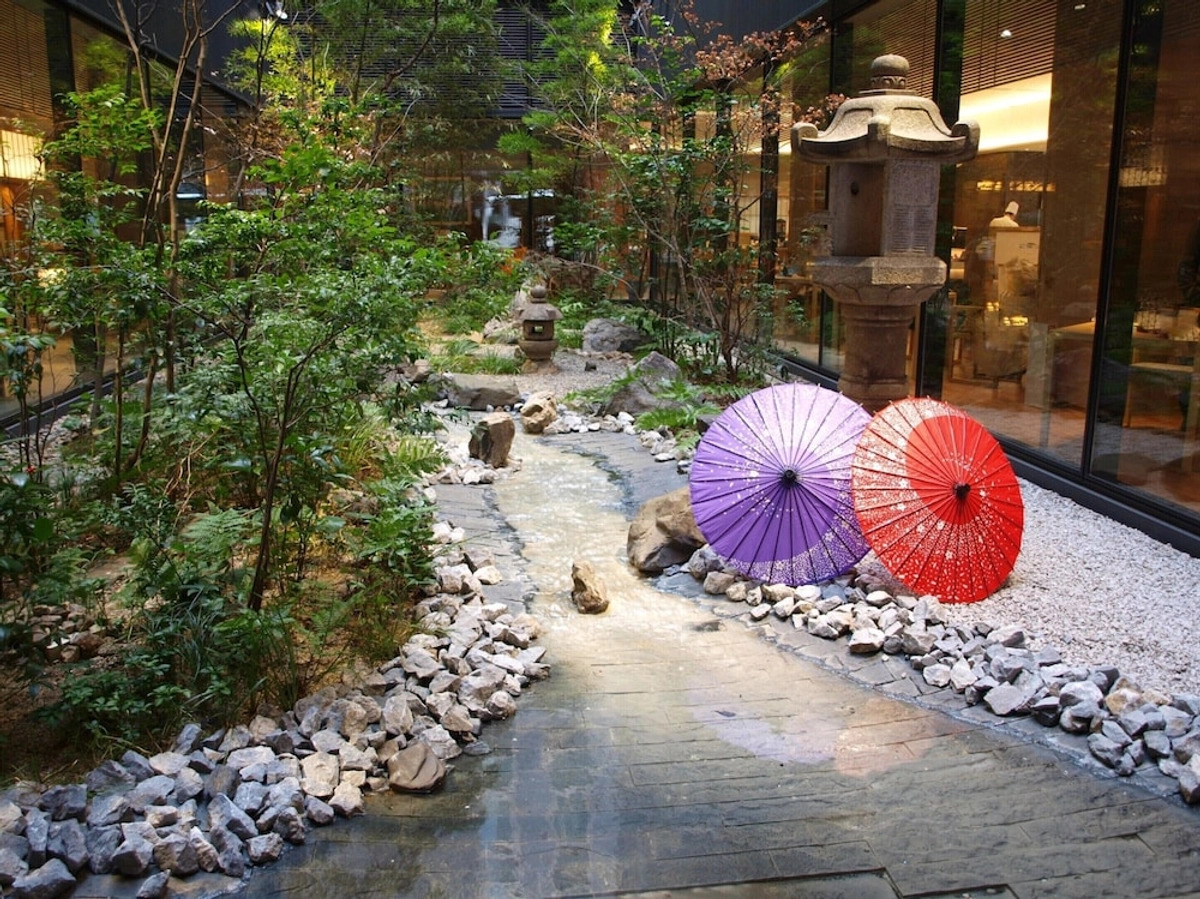



Recent Comments